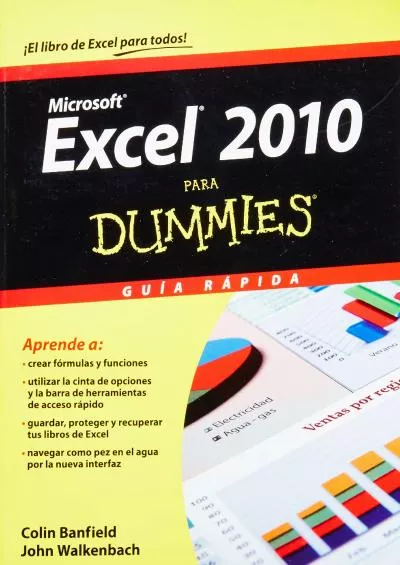PPT-WHMIS FOR DUMMIES
Author : pamella-moone | Published Date : 2016-03-30
David Dai Ashley Danielson Will Levy Julia Lucht Hector Wong What is WHMIS The W orkplace H azardous M aterials I nformation S ystem A 3 part system which
Presentation Embed Code
Download Presentation
Download Presentation The PPT/PDF document "WHMIS FOR DUMMIES" is the property of its rightful owner. Permission is granted to download and print the materials on this website for personal, non-commercial use only, and to display it on your personal computer provided you do not modify the materials and that you retain all copyright notices contained in the materials. By downloading content from our website, you accept the terms of this agreement.
WHMIS FOR DUMMIES: Transcript
Download Rules Of Document
"WHMIS FOR DUMMIES"The content belongs to its owner. You may download and print it for personal use, without modification, and keep all copyright notices. By downloading, you agree to these terms.
Related Documents

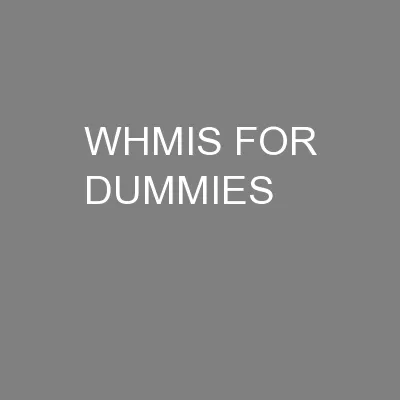
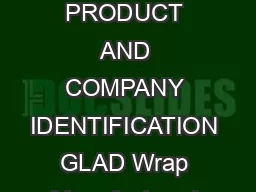
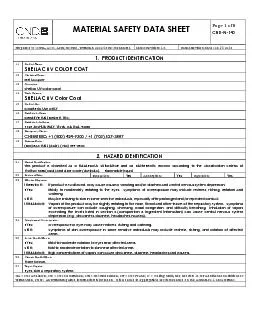
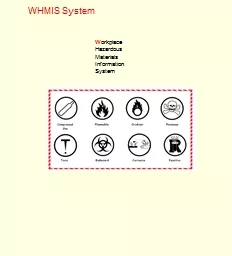
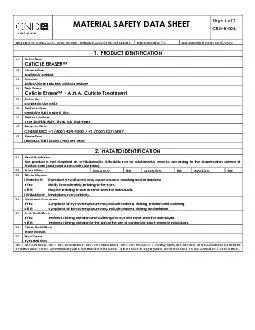
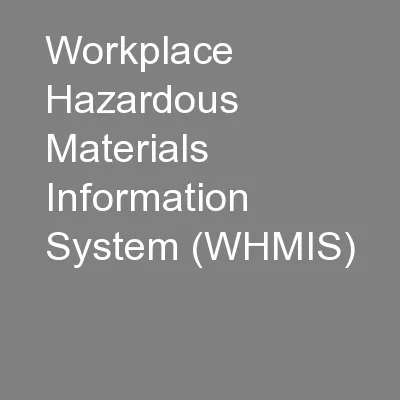
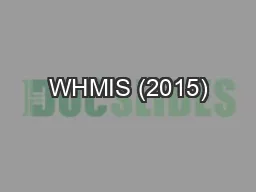
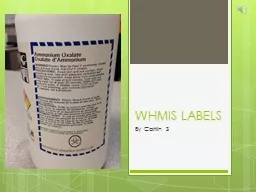

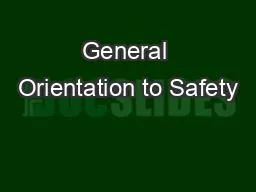
![[EBOOK] - Basic Math & Pre-Algebra For Dummies (For Dummies (Lifestyle))](https://thumbs.docslides.com/901688/ebook-basic-math-pre-algebra-for-dummies-for-dummies-lifestyle.jpg)
![[EPUB] - 2021 / 2022 ASVAB For Dummies: Book + 7 Practice Tests Online + Flashcards +](https://thumbs.docslides.com/905895/epub-2021-2022-asvab-for-dummies-book-7-practice-tests-online-flashcards-video-for-dummies-career-education.jpg)
![[EPUB] - ACT 2022 For Dummies with Online Practice (For Dummies (Career/Education))](https://thumbs.docslides.com/906323/epub-act-2022-for-dummies-with-online-practice-for-dummies-career-education.jpg)
